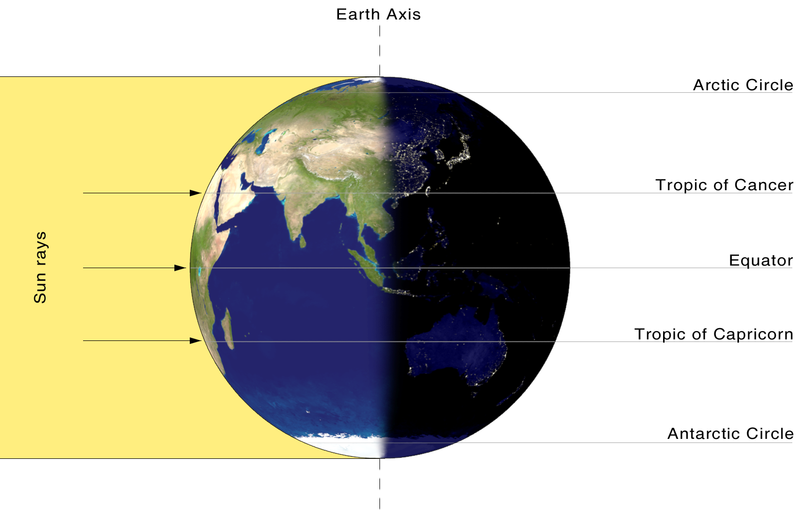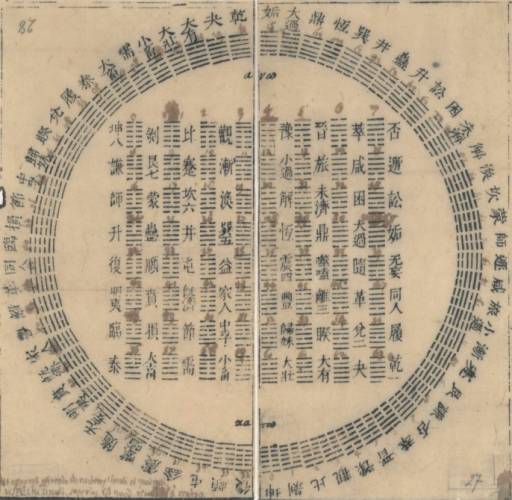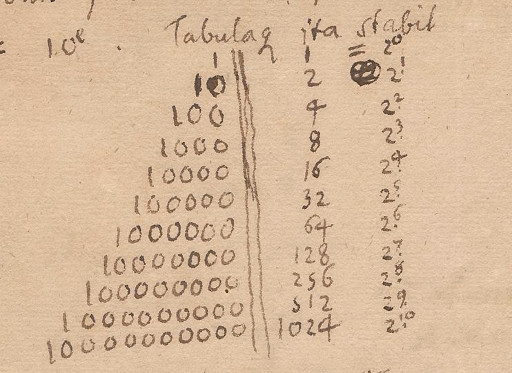The 1st day of April is also known as April Fools’ Day. People in the West have become accustomed to play jokes and pranks on each other, trying to exploit others’ gullibility for making them take most unbelievable things for real.
Arguably one of the biggest April-pranks of all times, is the Christian fixation of the Easter date, which is set to the first Sunday after full moon during Spring Equinox. Equi-nox is compounded of the Latin words “equal” (same size) and “nox” (night).

Tanzanians need to remind themselves, that Christianity was developed far North, beyond the Tropic of the Cancer, where the duration of night versus day is notable different during almost the entire year! Therefore in ancient Nordic cultures, the full-moon close to spring- or autumn-equinox was observed as an exceptional occasion when the fundamental complementary principles which determine life on earth, light and darkness, where at equal terms – in harmony.
This very knowledge, that everything in the world can be described as manifestation of two opposite forces, was cultivated to perfection by the Chinese and described by a symbol named Taijitu:
This symbol also explains, that these apparently opposite and contrary forces are actually complementary, interconnected, and interdependent. In the natural world we perceive their duality as light and dark, hot and cold, male and female, and so on.
Origins of the Chinese dual-system have been found more than 3000 years ago. Today its principle makes computer work:
| State | Computer Symbol | Chinese Symbol |
| energy off | 0 | |
| energy on | I |
The Western “discovery” of the binary number system is attributed to Gottfried Wilhelm Leibnitz, who himself was in possession of this Chinese document since 1701:

These are notes Leipnitz took in 1697:

Leipnitz notion appears rather “mechanical” and static, lacking the inherent Chinese wisdom about the dynamic of inevitable periodical change of all things. – and the directive to aspire a state of harmony between the two extremes.1
Ancient Chinese binary code would compute Easter like this:
The top two lines belong to the heaven, the two in the middle to the human sphere, the two at the bottom represent the physical things on earth. All three areas see the male principle “I” on top of the female principle “0” — the perfect state of harmony. Nevertheless the Chinese name this symbol 未濟 (wèi jì), “before completion”, knowing, that even perfection is just a snapshot which is not going to last.
“… if the Full Moon happens upon a Sunday, Easter-day is the Sunday after.”
– British Calendar Act of 1750
Why on earth would the Christian computation of this holiday make Easter always occur after the astronomical full moon? Doesn’t this mean to disconnect God’s children from God’s Genesis – as if the heavens and earth, light and darkness could not influence human behaviour. Such assumption conflicts with scientific research, which postulates that “[t]he lunar cycle has an impact on human reproduction, in particular fertility, menstruation, and birth rate”.
“The mind needs to be enlightened by light from outside itself, so that it can participate in truth, because it is not itself the nature of truth.” – Saint Augustine, 354–430.
Accordingly the Easter holiday is supposed to catch the very magic moment, where not only light and darkness keep their balance, but also the sun, as the male principle, and the moon, as the female principle, are supposed be found in perfect opposition – the ideal time to create new life, so that a child will be born 9 month later around Christmas time. This “holiday of fertility” is accompanied by (pagan) traditions like hide-and-seek for Easter-eggs, symbolising the search for new life to come into being, or presents of Easter-Bunnies, symbolising fertility as a species with a very high reproduction-rate.

Very enlightening – thank you. Enjoying your website…. Jtte